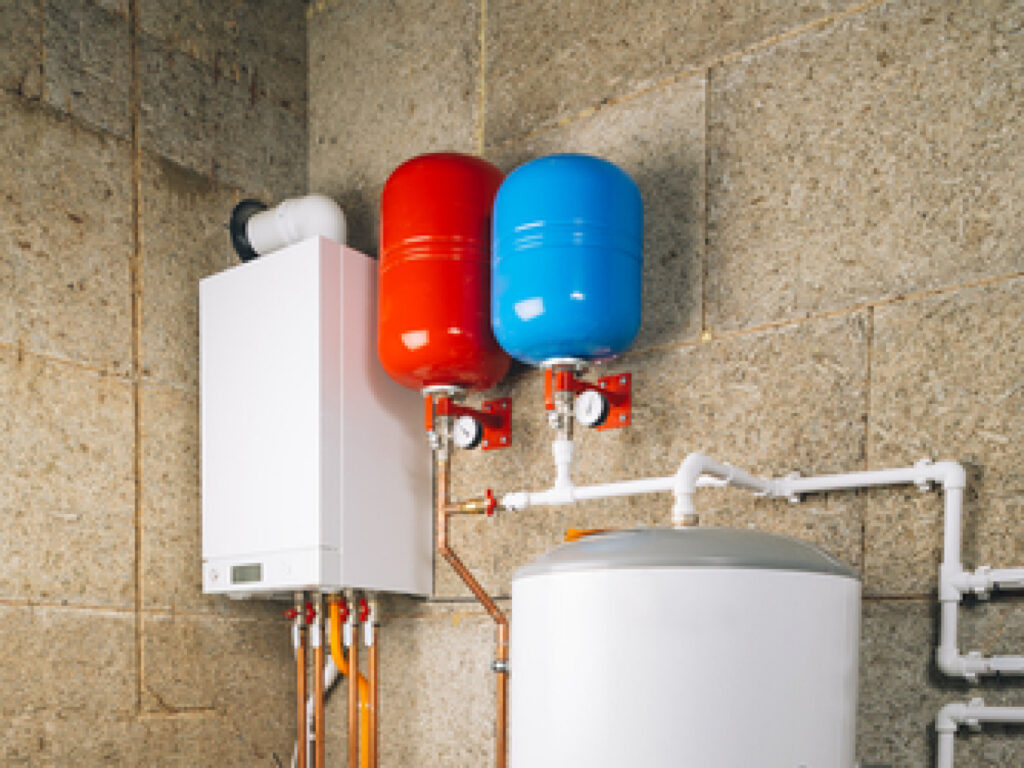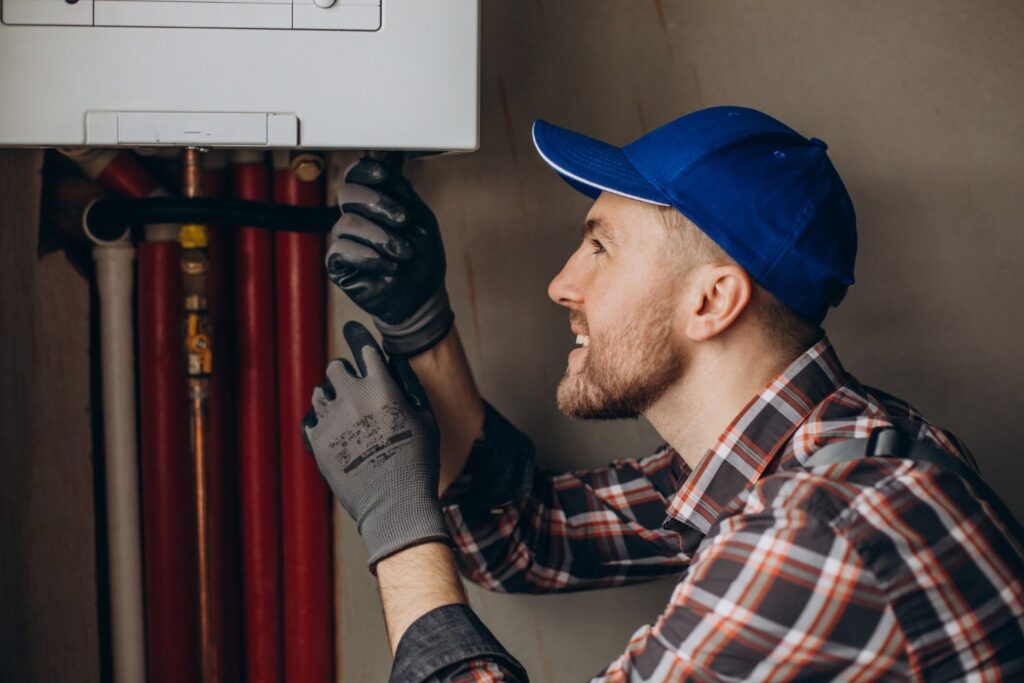A Comprehensive Guide to Installing and Maintaining Water Heater Element
Are you looking for a reliable and energy-efficient way to heat your water? Installing a water heater element is an excellent option for anyone who needs consistent, reliable hot water in their home. In this comprehensive guide, we’ll provide invaluable information about how to install and maintain your own water heater element, no matter the size of the project or the experience level required. From safety guidelines to techniques that maximize efficiency—we’ll cover it all! Keep reading if you’re interested in learning more about one of the most important components of any modern plumbing system.
Overview of a Water Heater Element and its Benefits
A water heater element is a crucial component of a water heating system. This device serves as the heat source that warms up the water inside your storage tank. Without it, you’ll end up taking cold showers or washing your dishes with icy water. But aside from providing the primary heat source, this contraption also offers a range of benefits. For one, it helps conserve energy by heating water only when needed. It also ensures consistent water temperature throughout the day. And with modern innovation, water heater elements are now designed to last longer, reducing the need for frequent replacements.

Types of Water Heater Elements and Their Functions
Water heater elements come in a variety of types, each with its own specific function. The most common types include immersion, screw-in, and flange elements. Immersion elements are placed directly into the water tank and generate heat through electrical resistance. Screw-in elements, on the other hand, are installed into the tank’s drain valve opening and require a wrench for installation. Lastly, flange elements are mounted onto the tank using a large round plate and are typically used in larger commercial or industrial settings. Understanding each type of element and its function can help homeowners choose the best option for their particular water heating needs. Additionally, regular maintenance and replacement of water heater elements are crucial for the longevity and efficiency of the water heater overall.
Step-by-Step Guide to Installing a Water Heater Element
Installing a water heater element might seem like a daunting task, but with the right tools and some basic knowledge, it can be accomplished by most homeowners. Before you begin, make sure to turn off the power and water supply to the heater. You’ll need some basic tools like a screwdriver, pliers, and possibly a wrench. After removing the access panel, disconnect the wiring and detach the old element using a wrench. Then, insert the new element and reattach the wiring before replacing the access panel. Finally, turn the water and power supply back on and test your newly installed water heater element. By following these steps, you can save time and money by doing this task yourself and enjoying hot water in no time.
Common Installation Mistakes to Avoid
New water heating system installation can be a complex process, even for the most experienced technicians. However, avoiding common installation mistakes can save time and money in the long run. Proper planning, preparation, and attention to detail are crucial for a successful installation. Some common mistakes to avoid include improper grounding, insufficient power supply, and incorrect cable routing. These mistakes can lead to system failures, equipment damage, and even safety hazards.
How to Properly Maintain Your Water Heater Element
As a homeowner, you rely on your water heater to provide hot water for daily tasks like showering and washing dishes. That’s why it’s essential to properly maintain your water heater element. Neglecting to do so could lead to costly repairs or even replacement. To begin, be sure to turn off the power supply to your water heater before inspecting water heater. Then, visually inspect the element for any signs of corrosion or buildup. If necessary, you can clean the element by gently scrubbing it with a wire brush or a descaling solution. Lastly, consider flushing your water heater to remove any sediment buildup that could contribute to element damage.
Installing and maintaining a water heater element can be an intimidating task, but with the right knowledge, tools, and safety precautions anyone can do it. All it takes is a bit of patience and practice to turn yourself into an expert at installing and maintaining your very own water heater element! By following the steps outlined in this blog post you are guaranteed success in your efforts! So gather up the necessary tools and materials and get started on building your DIY-responsive solution powering a range of connected homes today!

https://www.google.com/maps?cid=12977601717463036516
